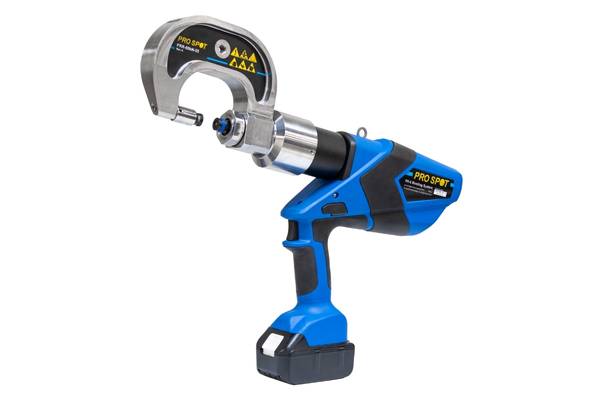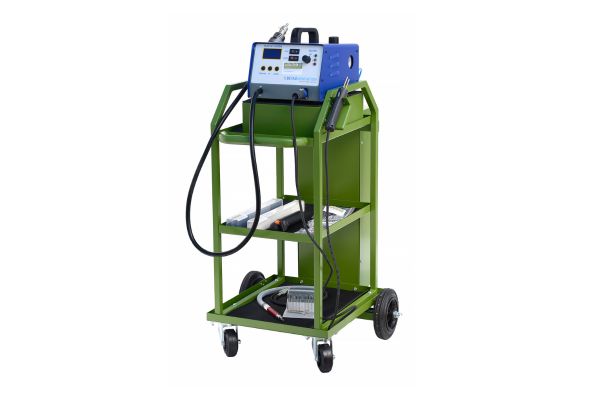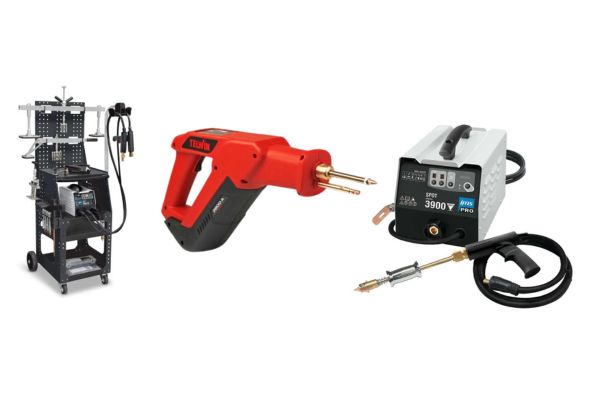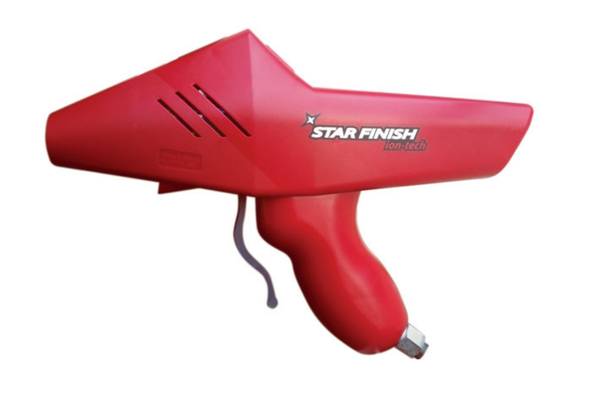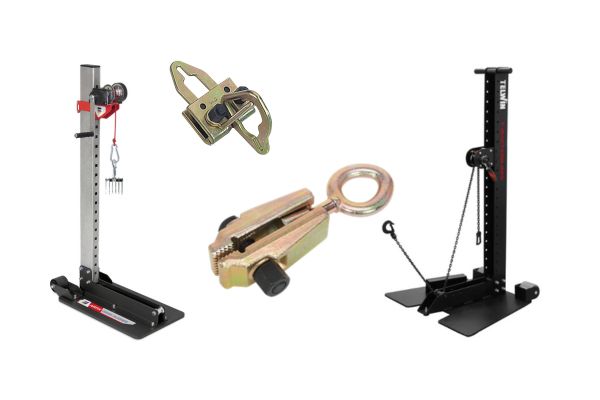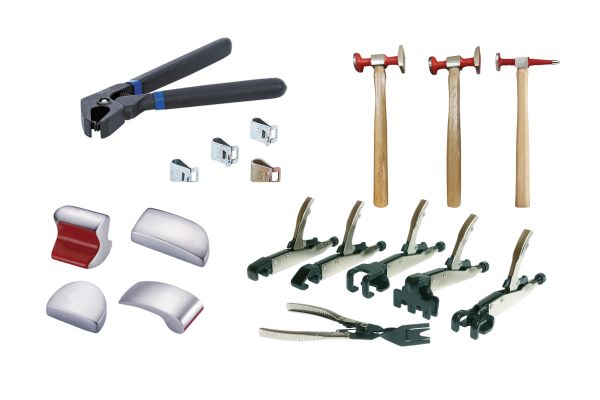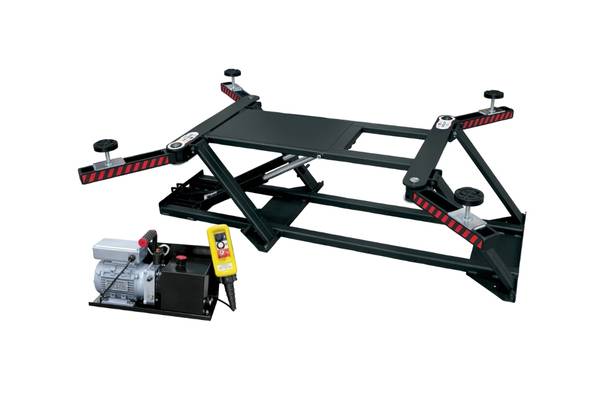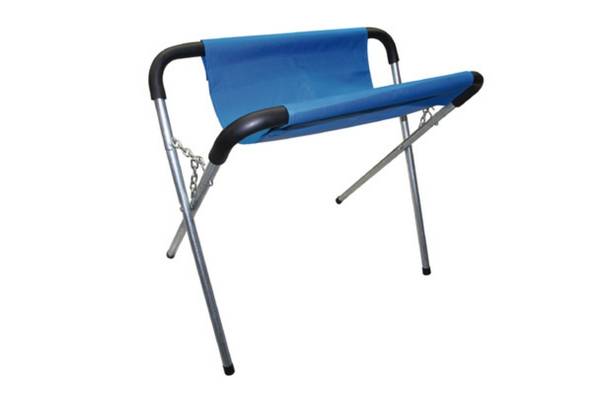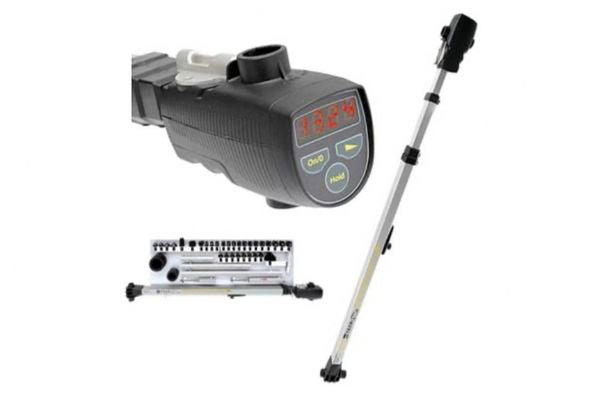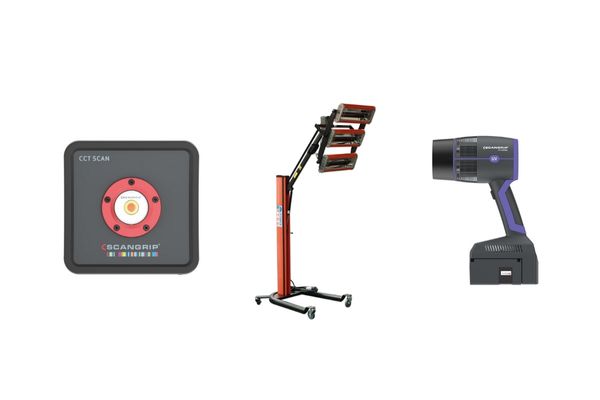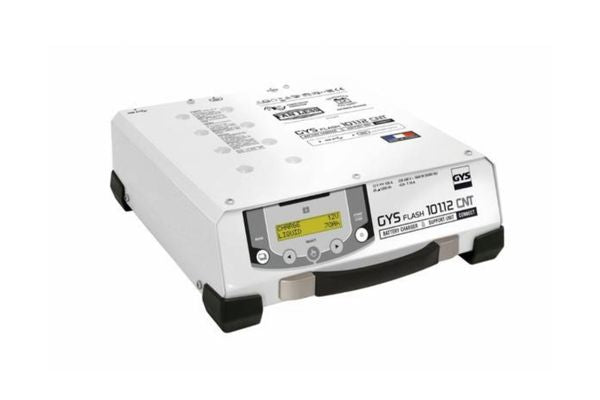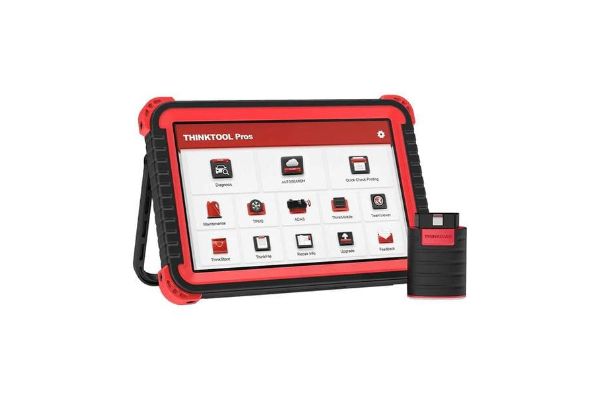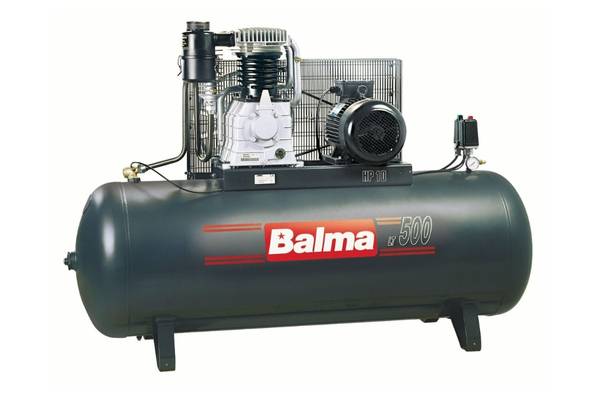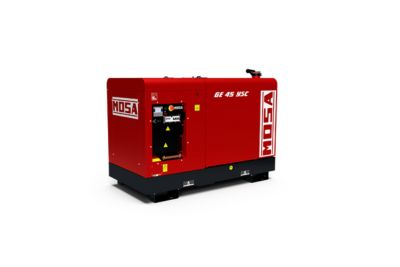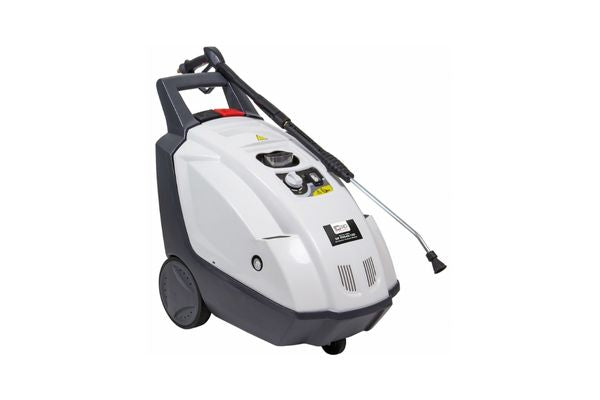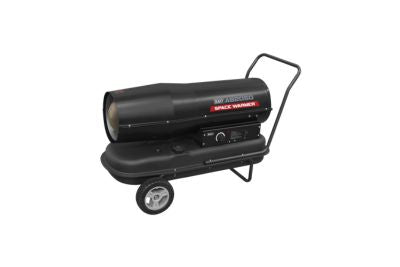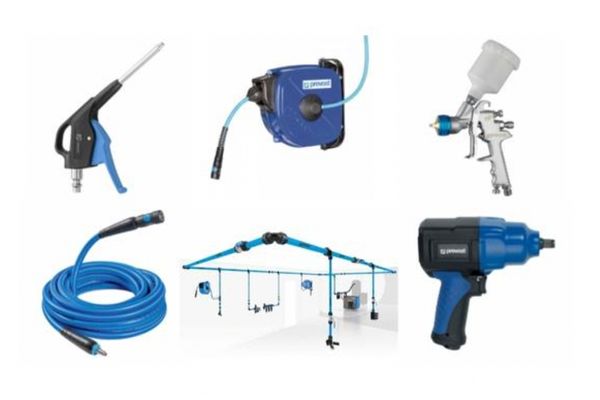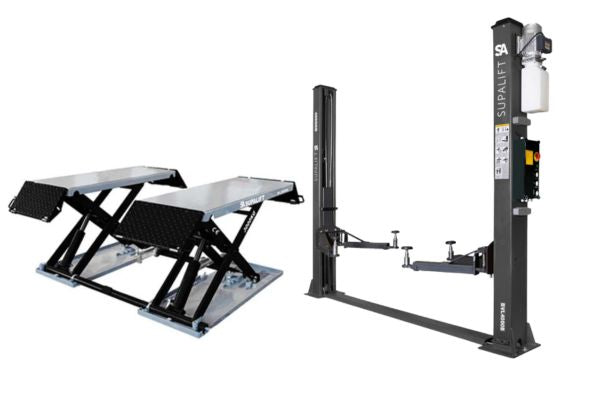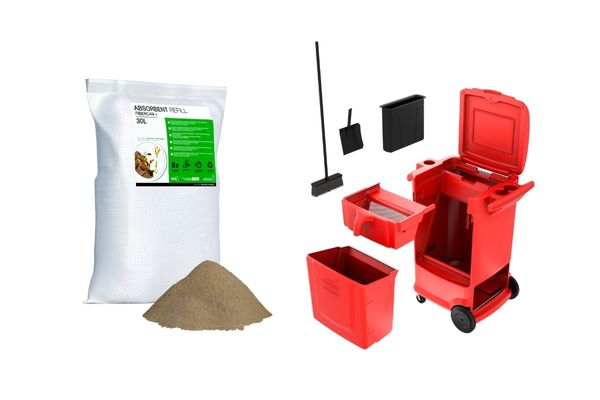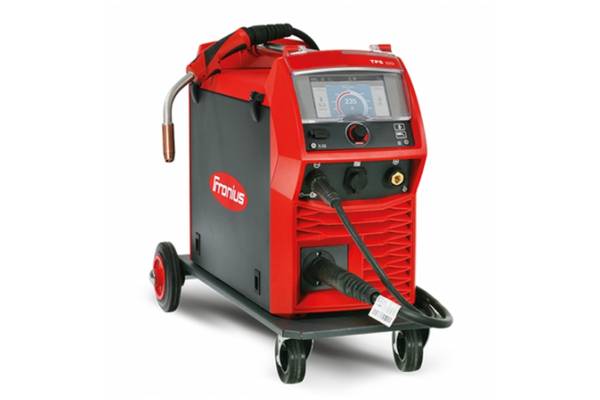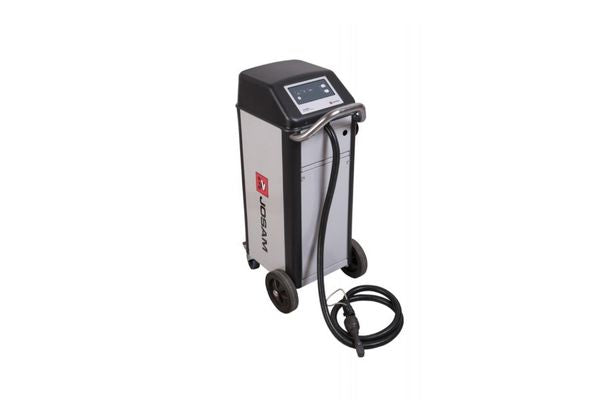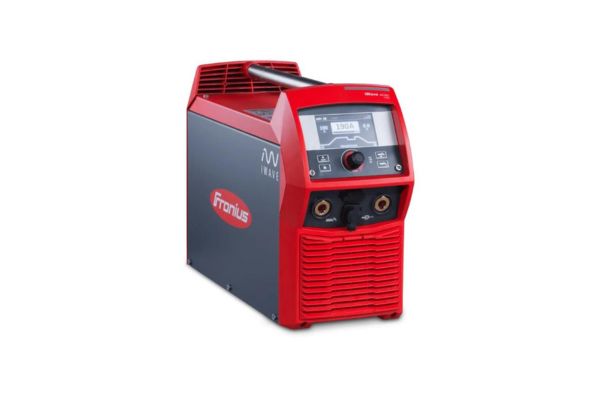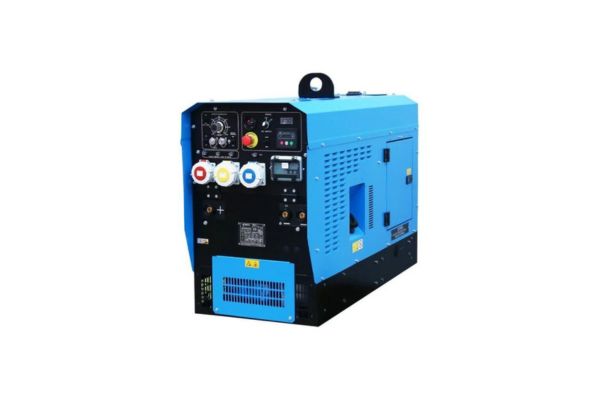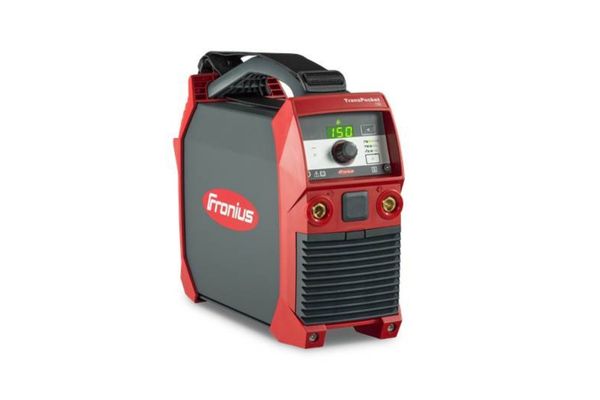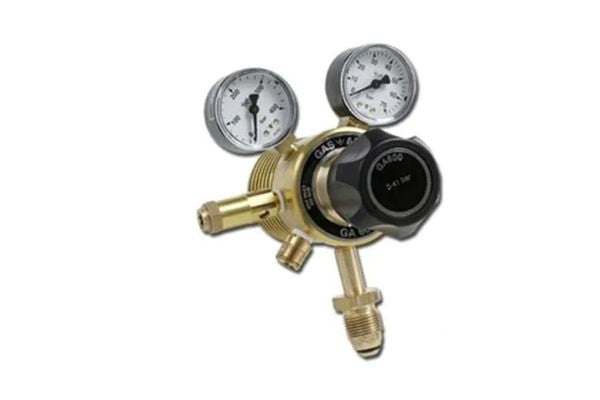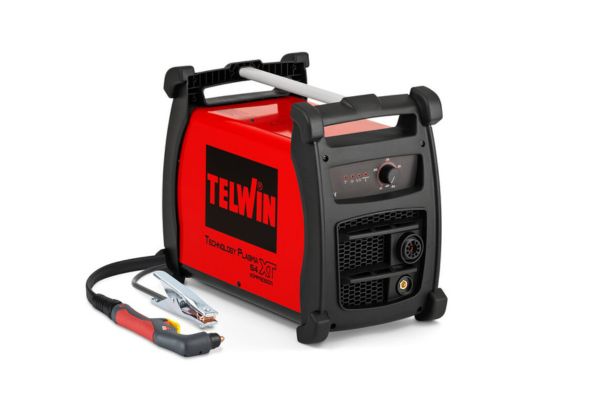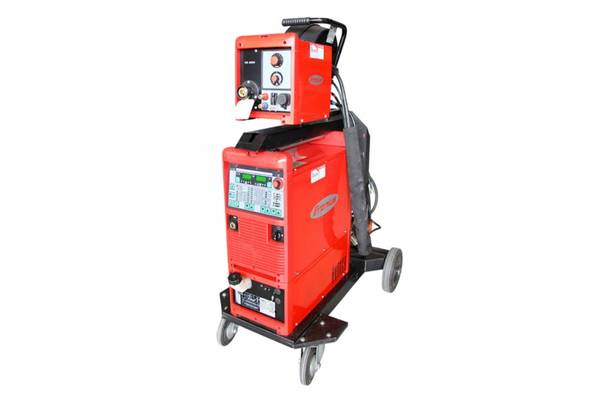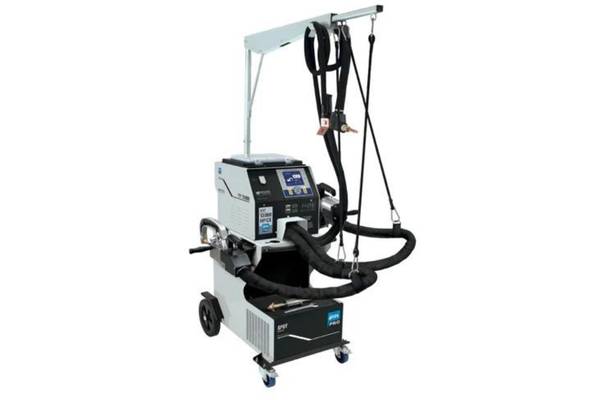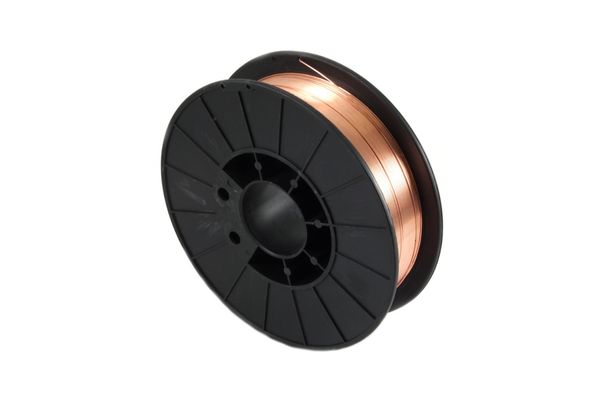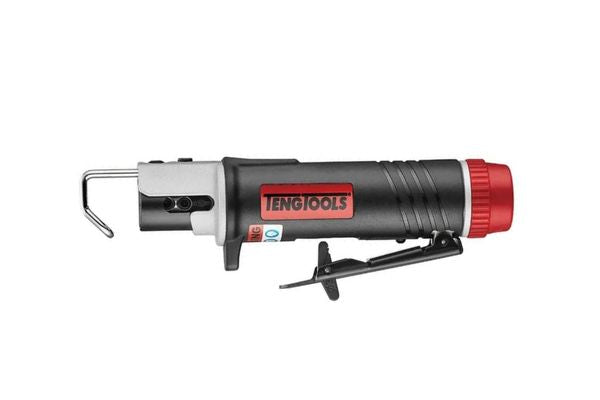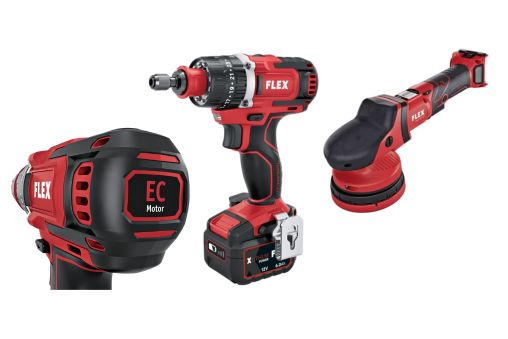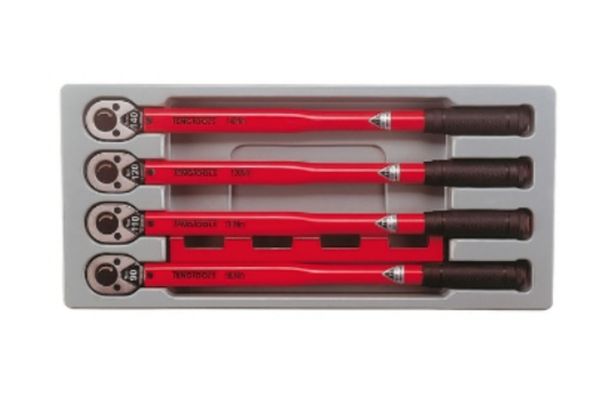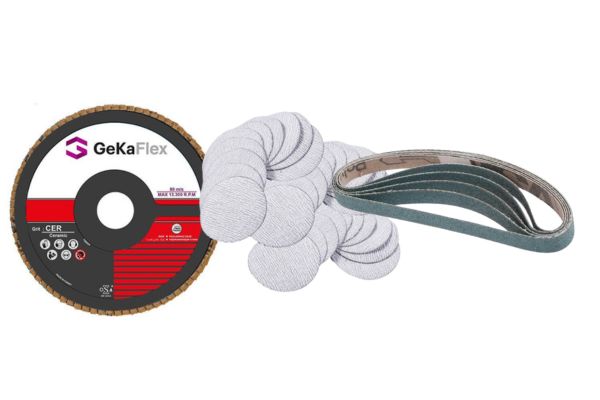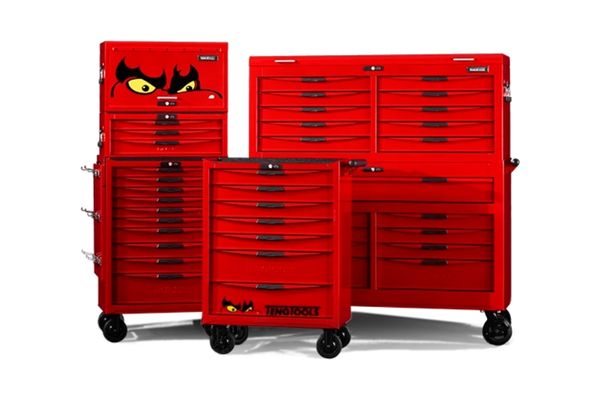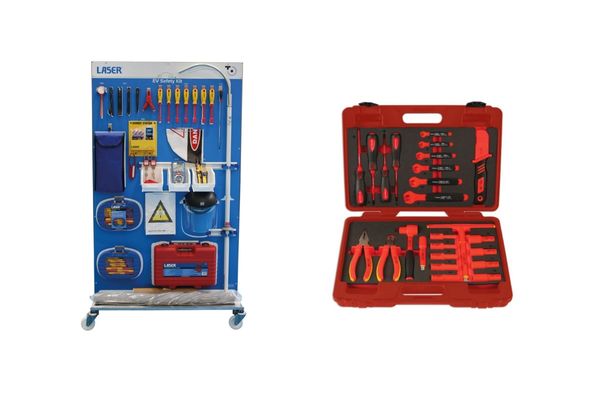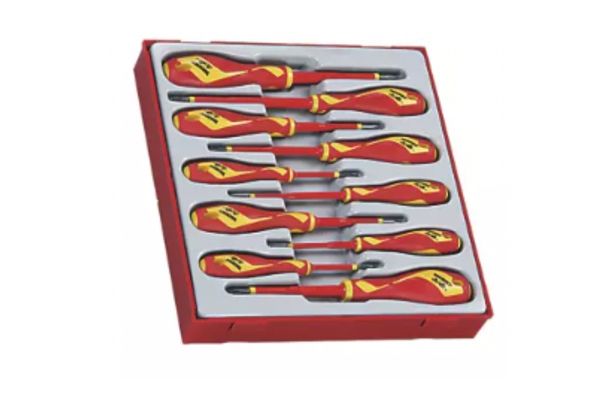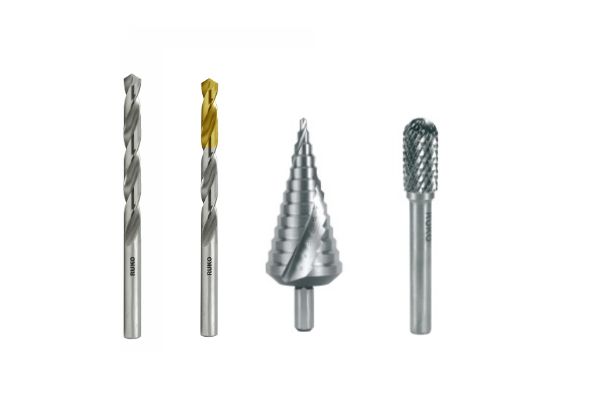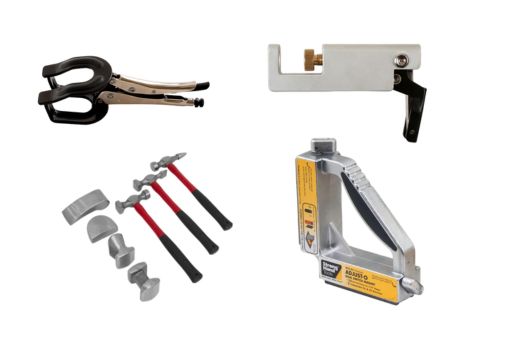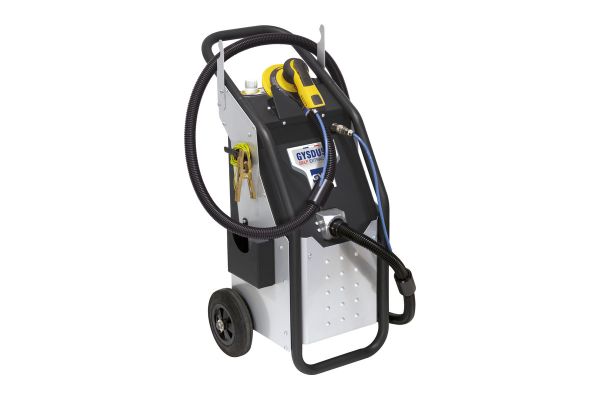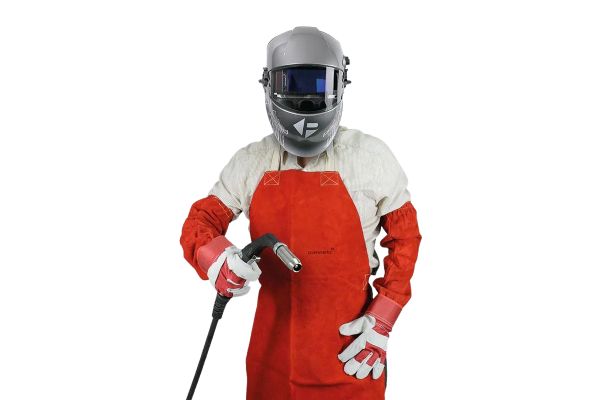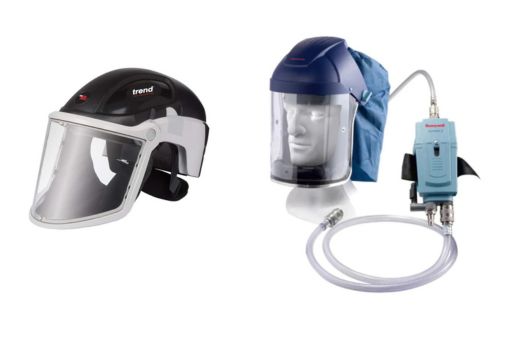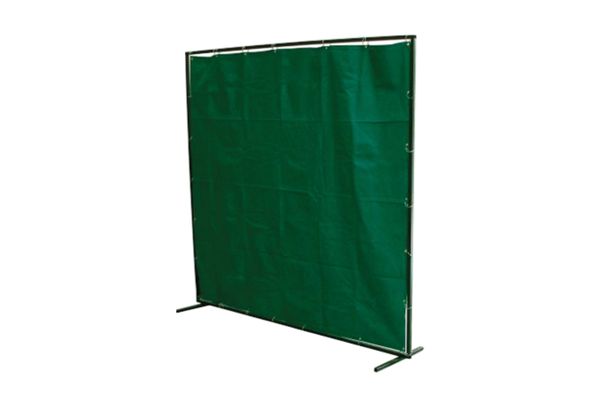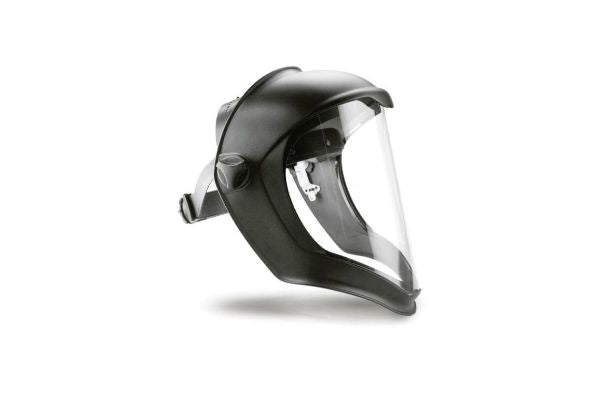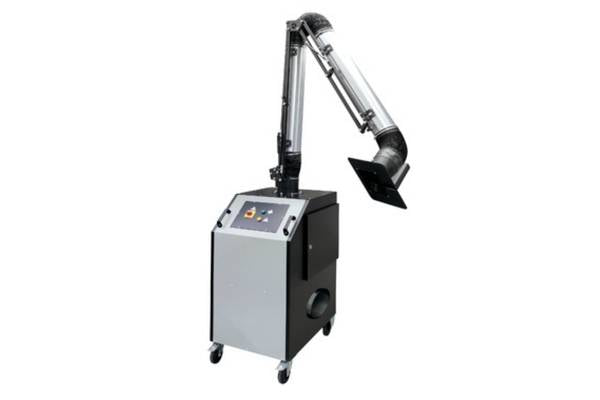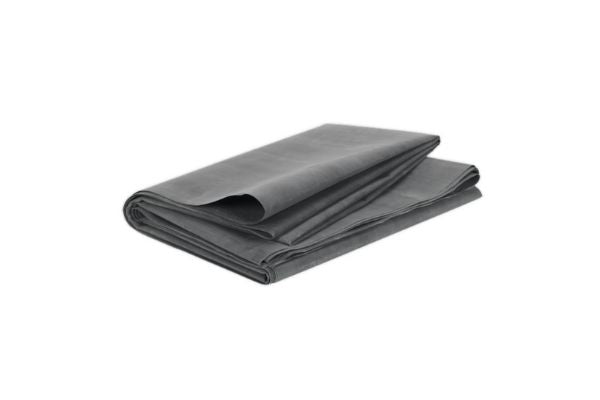Need Some Help? 0161 223 1843
Need Some Help? 0161 223 1843
BODYSHOP
WORKSHOP
WELDING
TOOLS
SAFETY

HOW TO STOP SPLASH OUT WHEN SPOT WELDING!
December 28, 2020 3 min read
Splash out can be a common occurrence when spot welding on vehicles, it can also be dangerous and reduce weld quality.
Here we discuss how to reduce this when spot welding!
Nearly every technician I know always turns his head when welding to avoid the sparks that can shoot out from the joint when spot welding. That and blowing holes seem to be a body technicians nightmare! It doesn't have to be like this though, splash out is controllable and understanding what causes it and how to correct it, is essential in weld quality.

NEW AHSS STEELS ON CARS = MORE PROBLEMS
Splash-out has been exacerbated with the use of the new AHSS steels in automobile design. These new steels require you weld at high currents with minimal burn ring diameter and as such they are at the optimal setting for spot welding. This type of welding requires high electrode pressure to control the heat generated and as such its very easy, with a small change in joint resistance, to exceed these parameters, and obtain splash-out. Lets look at the welding circle of how a spot weld is controlled.

THE WELDING CIRCLE
Spot welding parameters are referred too as the "welding circle" as there are four settings, Power, Pressure, Electrode and Time.
Any movement of any setting will change the spot weld, and because it's a circle many different parameters can give the same result.
So what do these settings do?
- Power - or welding current provides the heat needed to melt the material.
- Time - Is how long the power is applied. It obviously needs to be long enough to allow the power to melt the material.
- Electrode- is the shape of the weld, and its surface area is critical to the overall production of a good weld.
- Pressure - is the part that holds it all together. enough pressure is required to generate the heat as too much reduces it., but it should also be enough to squeeze and control the molten material into the spot weld.
ITS ALL ABOUT RESISTANCE
Resistance to current flow in your joint stack is what generates the heat which ultimately builds up until the joint is molten liquid. The pressure of the electrodes then can force this molten liquid together as the power is switched off allowing this squeezed material to fuse as it cools. This is a spot weld.
CONTROL OF THE RESISTANCE
So the ultimate aim is to control the resistance in your joint and the easiest setting for this is the pressure.
More PRESSURE - Reduces Resistance = Less Heat
Less Pressure - Increases Resistance = More Heat
Splash-out as we have stated before is caused by too much heat and therefore using any parameter in the welding circle to reduce that heat will minimizes the chances of splash out occurring.

CHECK YOUR JOINT
Check out my other post on why do i blow holes when spot welding on vehicles? to see how your joint configuration and placement of your electrodes is so important in helping you control the heat generated and ultimately reduce splash out.
SPOTWELD SPLASH OUT FAULT CHART
| Problem | Possible Remedy |
| Contact of electrodes too small | Concentrates the heat into a smaller area, possibly forcing the molten pool out of the joint - Increase electrode diameter |
| Weld time too short | This can increase the chances of splash if the power is also high - Increase weld time or use pulse |
| Pressure too low | Increases surface resistance and therefore heat - Increase pressure until the splash stops |
| Unclean material | Increases variations in heat between welds and the possibility of expulsion of material - Clean area to be welded |
| Poor panel fit up | Causes possible air gaps and higher heat - seek to reduce |
| Electrodes mis-aligned | Can squeeze out the molten material from the joint when welding - ensure electrodes are always 90˚ to the workpiece |
Leave a comment
Comments will be approved before showing up.


